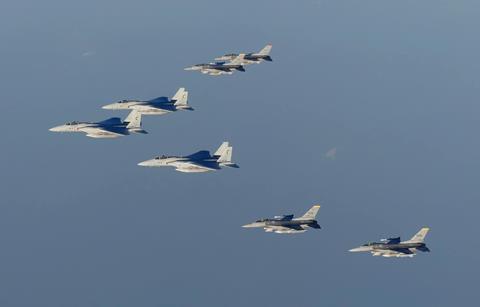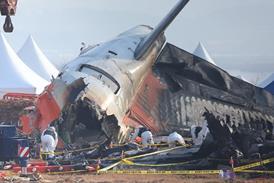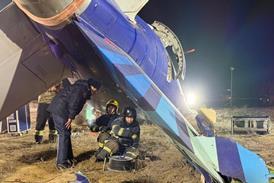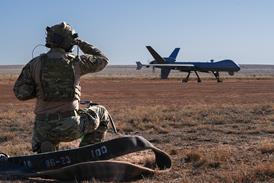Japan has been cleared to obtain over 1,000 Raytheon AIM-120 Advanced Medium Range Air-to-Air Missiles (AMRAAMs).
The possible sale, to be conducted under the US government’s Foreign Military Sales mechanism, covers up to 1,200 AIM-120 (D-2/C-8) missiles, according to the Defense Security Cooperation Agency (DSCA).

The package also includes spares, logistics, training, and other support. The estimated value is $3.64 billion.
“This proposed sale will support the foreign policy goals and national security objectives of the United States by improving the security of a major ally that is a force for political stability and economic progress in the Indo-Pacific region,” says the DSCA.
“The proposed sale will improve Japan’s capability to meet current and future threats by defending its homeland and US personnel stationed there. Japan will have no difficulty absorbing these articles and services into its armed forces.”
The DSCA does not break down the specific numbers of each variant that Japan might obtain.
The AIM-120D-2 is among the most advanced variants of the AMRAAM and is used by US forces, while the AIM-120C-8 is primarily intended for international partners.
The potential missile sale comes as Tokyo faces growing aerial threats from China and Russia, which have stepped up patrols near Japan.
Moreover, Beijing and North Korea continue to create instability in North Asia. Pyongyang has taken an increasingly threatening posture towards neighbouring South Korea, while Beijing continues to threaten neighbouring Taiwan, including regular sorties of combat aircraft.
Japan relies on three fighter types, all of which can carry the AMRAAM: the Boeing F-15J, Lockheed Martin F-35, and the Mitsubishi F-2. Around 70 F-15Js will be upgraded to the advanced “Japan Super Interceptor” standard, while the Global Combat Air Programme – a joint effort by Italy, Japan and the UK – will replace the F-2 in the 2030s.


























